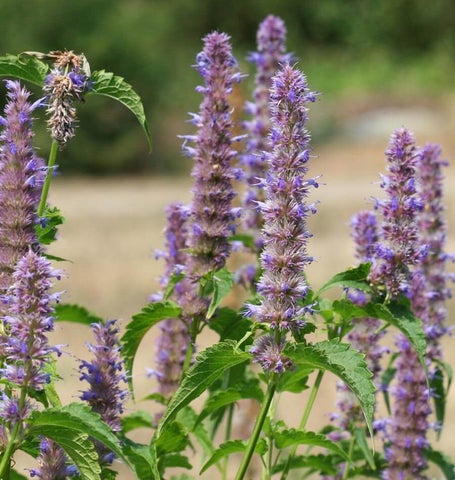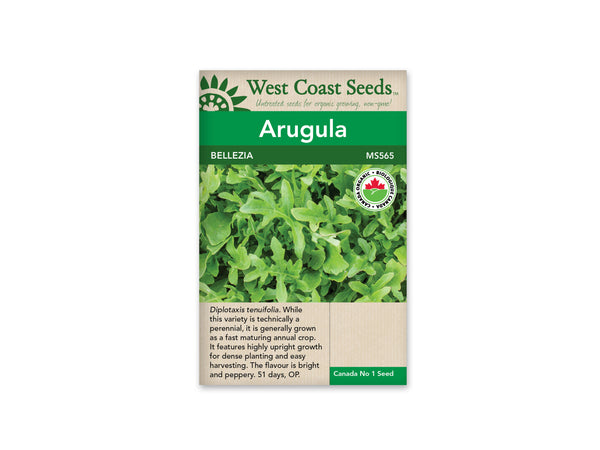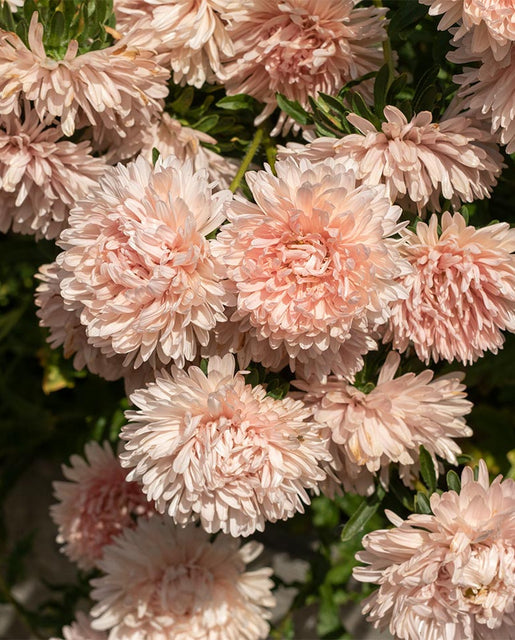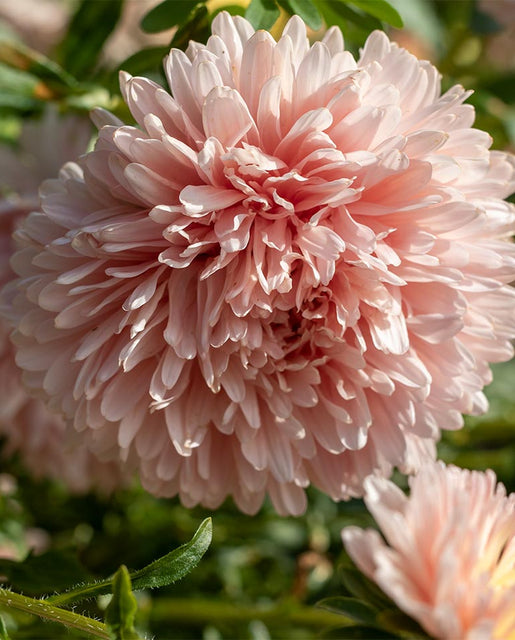Canadian Orders: Flat-Rate Shipping on Orders over $75 | Orders Over $150 Ship Free!
-
Shop
- New Arrivals
- Gardening
- Seeds
- Children + Baby
- Bath + Skin Care
- Baby Toys
- Books
- Puzzles + Games
- Loose Parts + Creative Play
- The Little Naturalist
- Play Chef
- Slings
- Apothecary
- Kids Lunches
- Accessories
- Sustainable Living
- Brushes / Brooms
- Food Storage
- Outdoors
- Coffee, Tea, Chocolate + Honey
- Coffee + Tea Accessories
- Water bottles + Travel Mugs
- Cookbooks
- Dishwashing
- Laundry
- Cleaners
- Accessories
- On The Go Essentials
- Self Care
- Face Care
- Body Care
- Hair Care
- Cosmetics
- Deodorant
- Toothpaste + Oral Care
- Sun Care
- Accessories
- Zero Waste Bathroom
- Soap
- Essential Oils
- For Men
- Books
- Apothecary + Natural Supplements
- Pet Care
- Shop Local
- Bulk
- In Store Pick Up
- Home Improvement
- Paint & Stain
- Discover
- Bulk Bar
Spearmint
Sold Out $4.89
Mentha spicata. Compared to peppermint, spearmint has a less aggressive flavour that has fruity undertones. This mint is easy to grow, and it's fast, too. In boggy settings it can spread by underground rhizome, but this is easy to control by growing it in containers. The leaves dry well and even fresh they make a nice tea — an even nicer mojito. Sow the seeds indoors a month or two before the last frost date, and transplant out when night time temperatures are steadily above 10°C (50°F). Ninety days later, expect white to lilac flowers that are both edible and highly attractive to bees. This mint is perennial and hardy to Zone 4.
Perennial
Quick Facts:
- Easy to grow
- Edible flowers
- Suited to containers
- Open pollinated seeds
Size: 0.25g (approx. 3000 seeds)
Difficulty
Easy
Season & Zone
Season: Cool season
Exposure: Full sun to partial shade
Zone: Hardy to Zone 4
Timing
Sow indoors 8-10 weeks before last frost, or direct sow in late spring. Seeds should sprout in 10-16 days. Bottom heat will speed germination.
Starting
Sow seeds no more than 5mm (¼”) deep in moist soil. Space plants 45-60cm (18-24″) apart.
Growing
Mint spreads in the garden with gusto via a vigorous root system, so it may be preferable to confine it to planters on the balcony or in a raised bed. Prune plants back hard in early summer to promote good top growth. Bring some inside to grow in a small container over winter to grow on a brightly lit windowsill.
Harvest
Clip leaves or branches as needed throughout the year. Mint is so hardy and tough that it will grow right back. Dry the leaves and flowers for peppermint tea, or use them fresh. The flowers are edible and bring distinctive character to salads and sweets.
Seed Info
Usual seed life: 3 years.
Companion Planting
Mint attracts earthworms, hoverflies and predatory wasps, and repels cabbage moths, aphids, and flea beetles. Mint can spread aggressively, so it may be better to use cut mint as a mulch around Brassicas, or to restrain it in containers around the vegetable garden. Avoid planting near parsley.
Related Items
Agastache — Licorice Mint
Sold Out $3.49
Agastache foeniculum. With heavily licorice-scented leaves and tall spikes of edible lavender flowers, Licorice Mint has been used medicinally for generations. It also happens to...
View full product detailsArugula, Wild — Selvatica Heirloom Organic
Sold Out $3.69
CERTIFIED ORGANIC! Diplotaxis tenuifolia. While technically this variety is a perennial, growers and home gardeners will probably prefer growing it as a fast maturing annual crop. Bellezia...
View full product detailsAster — King Size Apricot
Sold Out $4.19
Callistephus chinensis. King Size Apricot China Asters are some of the most sensational cut flowers we know of. The large, pale pink flowers are showy without...
View full product detailsSign up to get the latest on sales, new releases and more…
© 2025 Sustain.
Ecommerce Software by Shopify


















